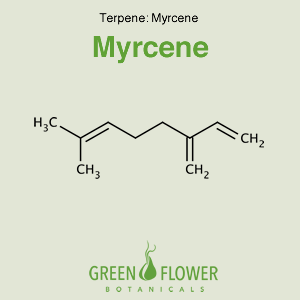
Myrcene – Terpene
Description:
EFFECTS: Analgesic, Antioxidant, Sedative.
Strains containing Myrcene include: ACDC, Durban Poison, Granddaddy Purple, Lemon Skunk, OG Kush, and Trainwreck.
Myrcene is classified as a monoterpene. Monoterpenes are dimers of isoprenoid precursors, and myrcene is a significant component of the essential oil of several plants, including bay, cannabis, ylang-ylang, wild thyme, parsley, cardamom, and hops. Myrcene is thought to help compounds enter cells through enhancing membrane permeation. Myrcene has been shown to be an analgesic in mice and did not cause tolerance to the effect. Ther terpene is also noted to have antioxidant effects with mutagenic compounds. Other benefits to myrcene include its ability to relax muscles and induce sleep.
⇩ View A – Z Index of Terpenes ⇩
Effects
Analgesic
Antioxidant
Sedative
Research
Analgesic
Oral administration of myrcene in rats was concluded to produce a dose-dependent pain relief for the hyperalgesia induced by subplantar injections of either carrageenin or prostaglandin E2, but did not affect that induced by dibutyryl cyclic AMP. These results indicated a peripheral site of action. In contrast to the central analgesic effect of morphine, myrcene did not cause tolerance on repeated dosing in rats. Myrcene shows promise as a lead for the development of new peripheral pain killers with a different method of action than aspirin-like drugs.
Sedative
Myrcene was explored as a sedative in the mouse model. Muscle relaxation was seen as observed through the rota rod test. In addition there was an increase in sleeping time by 2.6x.
- Myrcene mimics the peripheral analgesic activity of lemongrass tea
- Central effects of citral, myrcene and limonene, constituents of essential oil chemotypes from Lippia alba (Mill.) n.e. Brown.
Antioxidant
Myrcene was eluted to block the metabolic activation of some promutagens (e.g., cyclophosphamide and aflatoxin B1) in in vitro genotoxicity assays. The effects of myrcene was evaluated through the activity of liver microsomes. A concentration-dependent competitive inhibition was observed for pentoxyresorufin -O-depenthylase activity, a selective marker for a cytochrome p450. The potent inhibitory effects on the cytochrome p450 suggest that myrcene, could also interfere with the metabolism of xenobiotics, which are substrates for this isoenzyme
CBD Oils Containing Myrcene
- Sale!
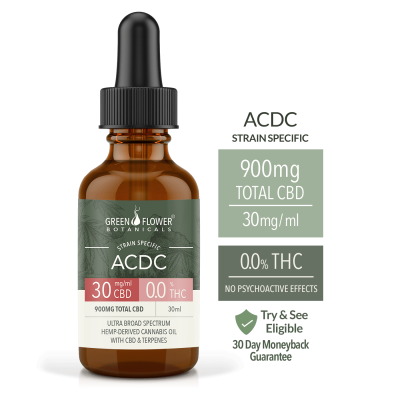
ACDC Strain 900mg CBD – 30mg/ml -Hemp Derived Cannabis Oil – 30ml
Original price was: $55.95.$41.96Current price is: $41.96. Learn MoreRead more - Sale!

TRAINWRECK Strain 900mg CBD – 30mg/ml – Hemp Derived Cannabis Oil – 30ml
Original price was: $55.95.$41.96Current price is: $41.96. Learn MoreAdd to cart - Sale!

GRANDDADDY PURPLE Strain 900mg CBD – 30mg/ml – Hemp Derived Cannabis Oil – 30ml
Original price was: $55.95.$41.96Current price is: $41.96. Learn MoreRead more
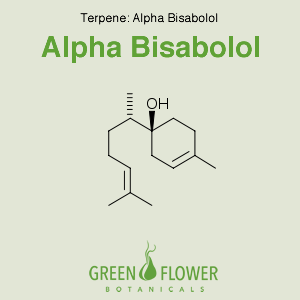
Alpha Bisabolol
EFFECTS: Analgesic, Anti-cancer, Anti-inflammatory, Antifibrosis, Antifungal, Antocoagulant, Drug Potentiator.
Learn about Alpha Bisabolol »
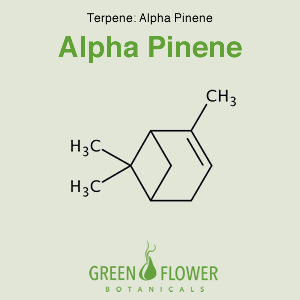
Alpha Pinene
EFFECTS: Anti-bacterial, Anti-cancer, Anti-inflammatory, Bronchodilator, Memory Enhancer.
Learn about Alpha Pinene »
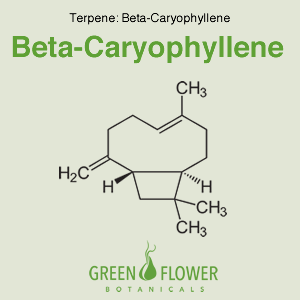
Beta Caryophyllene
EFFECTS: Analgesic, Anti-inflammatory, Antioxidant, Gastric-protective.
Learn about Beta Caryophyllene »
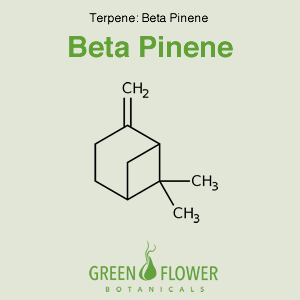
Beta Pinene
EFFECTS: Expectorant, Bronchodilator, Anti-inflammatory, Antiseptic.
Learn about Beta Pinene »
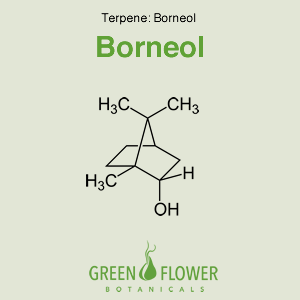
Borneol
EFFECTS: Analgesic, Anti-cancer, Anti-inflammatory, Antifibrosis, Antifungal, Antocoagulant, Drug Potentiator.
Learn about Borneol »
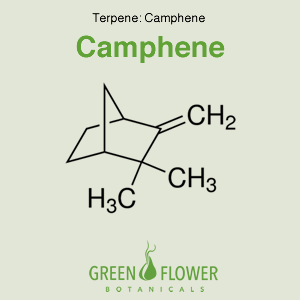
Camphene
EFFECTS: Hypolipidemic, Anti-bacterial, Antifungal.
Learn about Camphene »
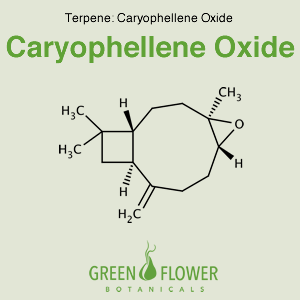
Caryophyllene Oxide
EFFECTS: Antifungal, Antocoagulant.
Learn about Caryophyllene Oxide »
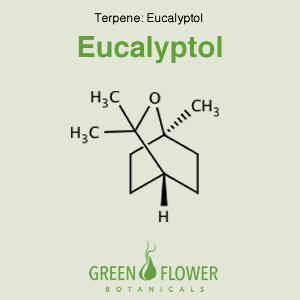
Eucalyptol
EFFECTS: Anti-Alzheimer's, Anti-Asthma, Anti-bacterial, Anti-cancer, Anti-inflammatory, Antioxidant.
Learn about Eucalyptol »
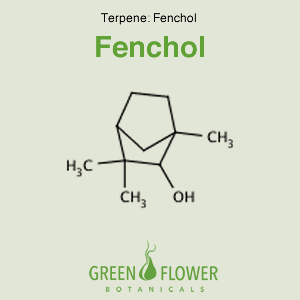
Fenchol
EFFECTS: Antioxidant, Antimicrobial, Antifungal.
Learn about Fenchol »
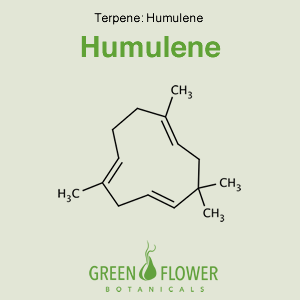
Humulene
EFFECTS: Anti-bacterial, Anti-cancer, Anti-inflammatory.
Learn about Humulene »
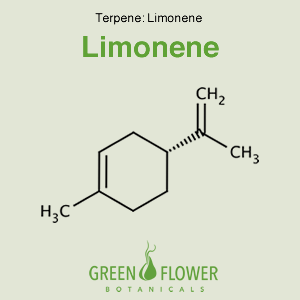
Limonene
EFFECTS: Anti-anxiety, Anti-cancer, Anti-inflammatory, Antidepressant.
Learn about Limonene »
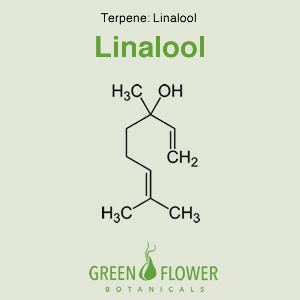
Linalool
EFFECTS: Analgesic, Anti-anxiety, Anti-inflammatory, Anticonvulsant, Sedative.
Learn about Linalool »

Myrcene
EFFECTS: Analgesic, Antioxidant, Sedative.
Learn about Myrcene »
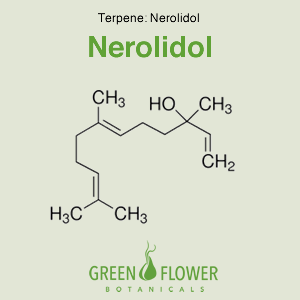
Nerolidol
EFFECTS: Antiprotozoan, Topical Drug Enhancer.
Learn about Nerolidol »
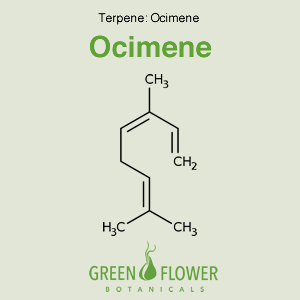
Ocimene
EFFECTS: Anti-inflammatory, Antifungal, Antiviral.
Learn about Ocimene »
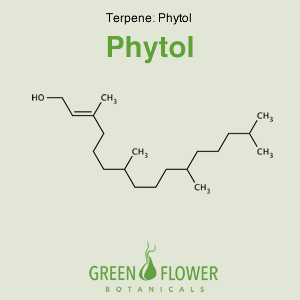
Phytol
EFFECTS: Antischistosomal, Anti-cancer, Hypolipidemic, Antidiabetic.
Learn about Phytol »
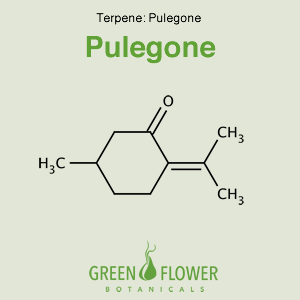
Pulegone
EFFECTS: Expectorant.
Learn about Pulegone »
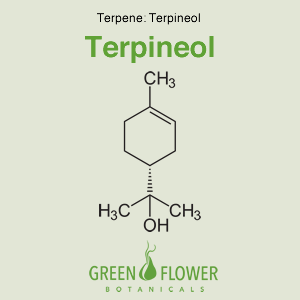
Terpineol
EFFECTS: Antibacterial, Antioxidant, Anti-cancer, Sedative, Anti-inflammatory.
Learn about Terpineol »
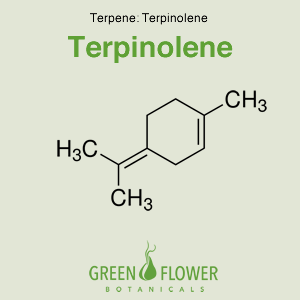
Terpinolene
EFFECTS: Anti-bacterial, Anti-cancer, Antioxidant, Sedative.
Learn about Terpinolene »
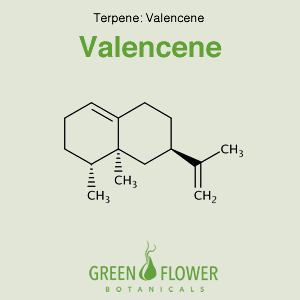
Valencene
EFFECTS: Anti-inflammatory.
Learn about Valencene »
